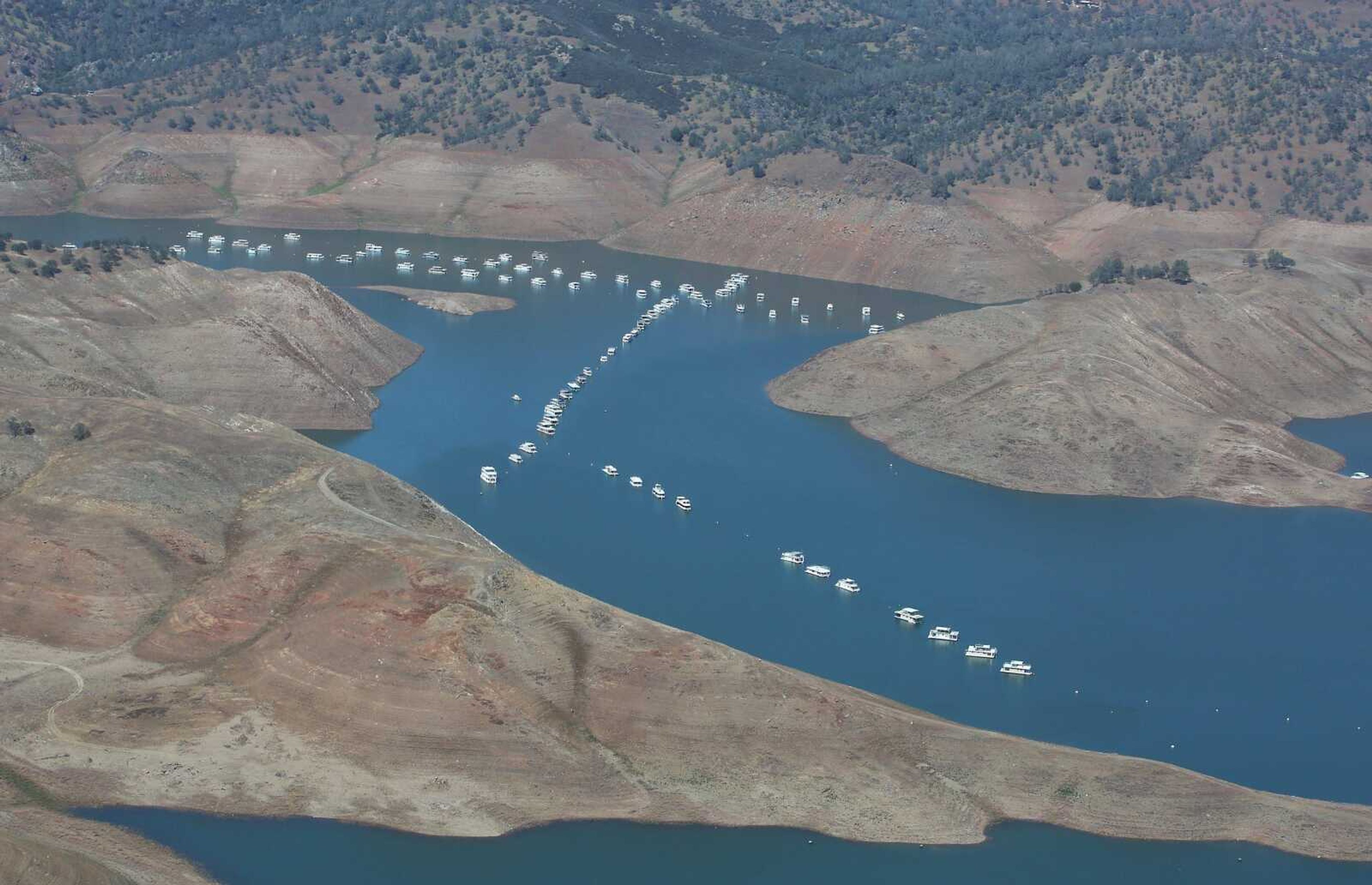GARDEN GROVE, Calif. -- It was with more hope than accuracy that the founder of this Orange County city picked the name Garden Grove in 1874 for what was little more than an open plain under the sweltering Southern California sun.
More than a century later, this middle-class suburb of 175,000 people is true to its name, with parks, trees and lush lawns -- for now at least.
In Garden Grove and other communities across the state, residents can expect to see their gardens shrivel and lawns go brown this summer as mandatory water-conservation rules take effect amid California's punishing four-year drought.
State regulators Tuesday ordered communities to slash water use anywhere from 8 to 36 percent, with the goal of cutting overall consumption by one-quarter. And since nearly half of residential water in California goes to lawns, turning off sprinklers will be one of the first orders of business.
"We can meet these targets by putting the lawns on a water diet now," said Felicia Marcus, head of the State Water Resources Control Board.
Still, in Garden Grove and other places rich and poor, people who paid dearly to make their lawns beautiful are loath to say goodbye to the grass.
Last summer, Garden Grove residents used even more water than usual after Gov. Jerry Brown asked people to voluntarily conserve. And while the city has banned watering lawns during the day, it sends fewer than a dozen notices a month to violators.
Reaching the city's mandatory new target of cutting water use by 28 percent is doable but will require "a cultural change" in a community wedded to green yards in the front and fruit trees and vegetable gardens in the back, said William Murray, Garden Grove's public works director.
"You are talking about a huge change that needs to be made, and unfortunately in a significantly short period of time," he said.
At least one tree-lined neighborhood in Garden Grove shows the path to conservation. Lawns have been allowed to turn yellow, and some of the greenest yards are artificial turf, made possible by the city's recent easing of restrictions against fake grass.
"I used to have the greenest grass in the whole neighborhood," boasted Mike Meza, a 36-year-old longshoreman who said he misses gardening with his sons. "Lately we've just been letting it go."
He has scaled back watering to twice a month, tells his kids to keep their showers to four minutes and bangs on the bathroom door when his 14-year-old takes too long.
Garden Grove was a farming community in its early years, then took part in the housing boom that followed World War II. Much of the city is lined with suburban tract homes.
More recently, officials have encouraged development of hotels and restaurants catering to tourists visiting nearby Disneyland, and a big indoor water park and resort is expected to open early next year.
Because of the drought, rules against artificial turf are being rolled back around the state, and laws have been passed to make it easier to create drought-friendly landscapes of rocks, cactus and other water-stingy plants.
Connect with the Southeast Missourian Newsroom:
For corrections to this story or other insights for the editor, click here. To submit a letter to the editor, click here. To learn about the Southeast Missourian’s AI Policy, click here.







